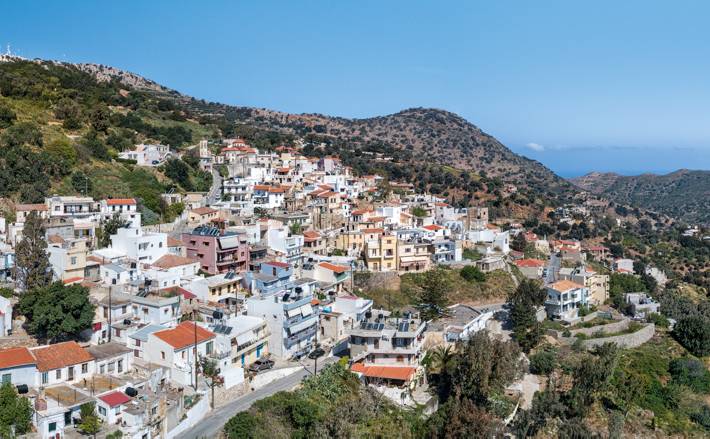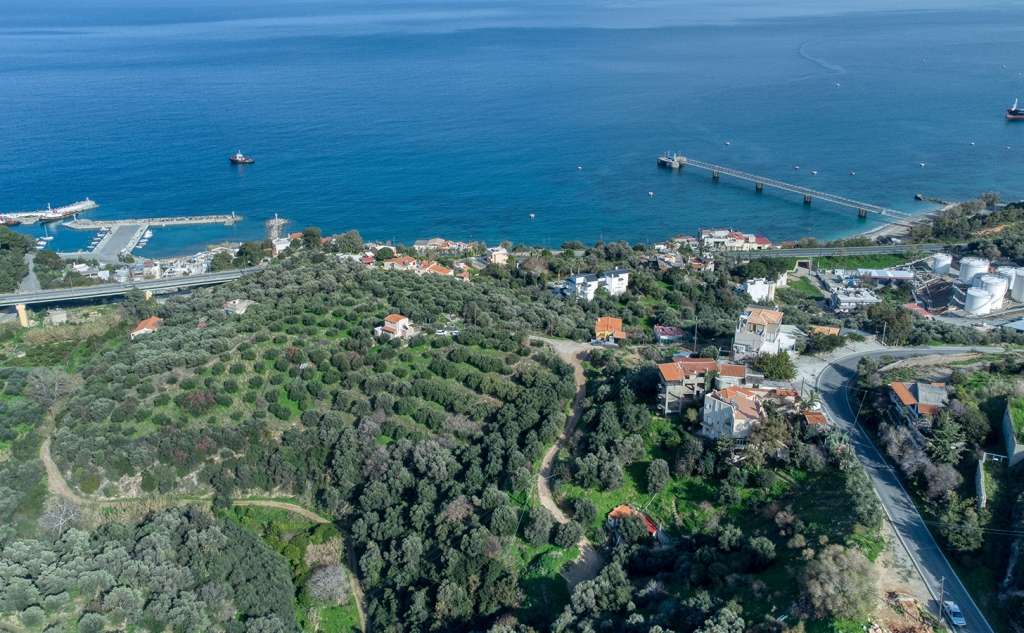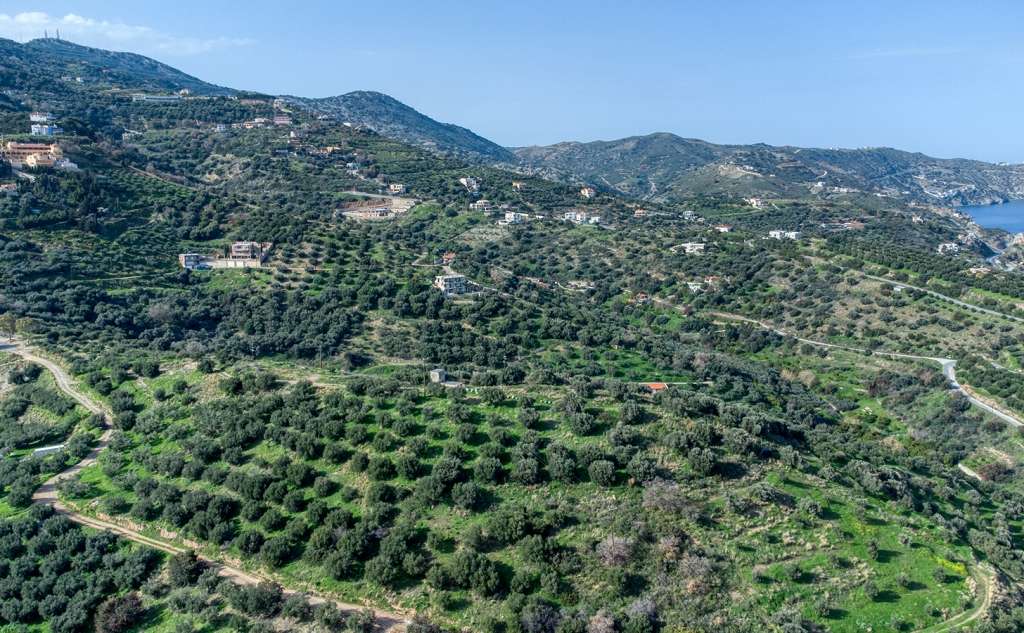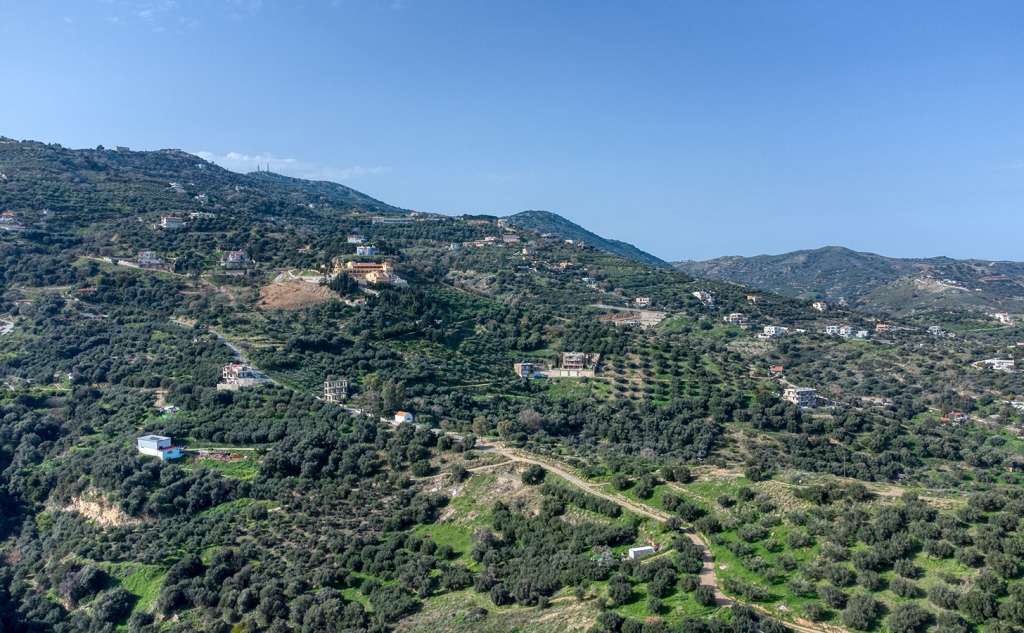







The picturesque mountain village of Rodia (or Rogdia) is located 9 km northwest of Gazi and 16 km from Heraklion. It has about 800 permanent residents and is built on the slope of Κefalas mountain with panoramic views of Heraklion. For this reason, the village is also known as "the balcony of Heraklion". The village is predominantly known as a winter destination, ideal for walks in nature and the delicious food in its traditional taverns. At a lower altitude and a bit further north, you can see the bay of Fraskia, which was used by the Venetians when they could not use the port of Chandakas. Rodia is the birthplace of Anna Kallergi, daughter of Konstantinos Kallergis, whom she followed in all the battles in 1866.
The village was first mentioned in 1248 in a document of the Monasteries and Churches listed as "Rodea com lo Castri". Later, the village is referred to as Chera Rodea, Rodya and Chiera Rodea. In fact, the nickname Kera Rodea accompanies the settlement's name in almost all the documents and maps of the Venetian occupation, such as the geographical plans of the Venetian engineer Francesco Basilicata of the first thirty years of the 17th century.
The visitor can see several monuments of the Venetian era in the village. The Palace of the Modina brothers stands out (also known as the Venetian Villa of the Kallergis family), who were feudal lords of part of the province of Malevizi since 1565. The Church of the Annunciation, the Church of St. George and the Church of the Transfiguration of the Savior, are also worth visiting.
A fountain, known as "Pera Vrysi", has a built-in relief on the main road that crosses the mountain village. The relief depicts a headless mixed form attributed to the god Pan. The head of the sculpture was found in the construction fills.
In August 2012, the Honey Festival took place in the village for the first time (on the initiative of the Cultural Association of Rodia). The celebration took place at the Venetian Villa (Megaron Modinon). During the events, visitors had the opportunity to chat with local producers and learn the process of producing and packaging honey.